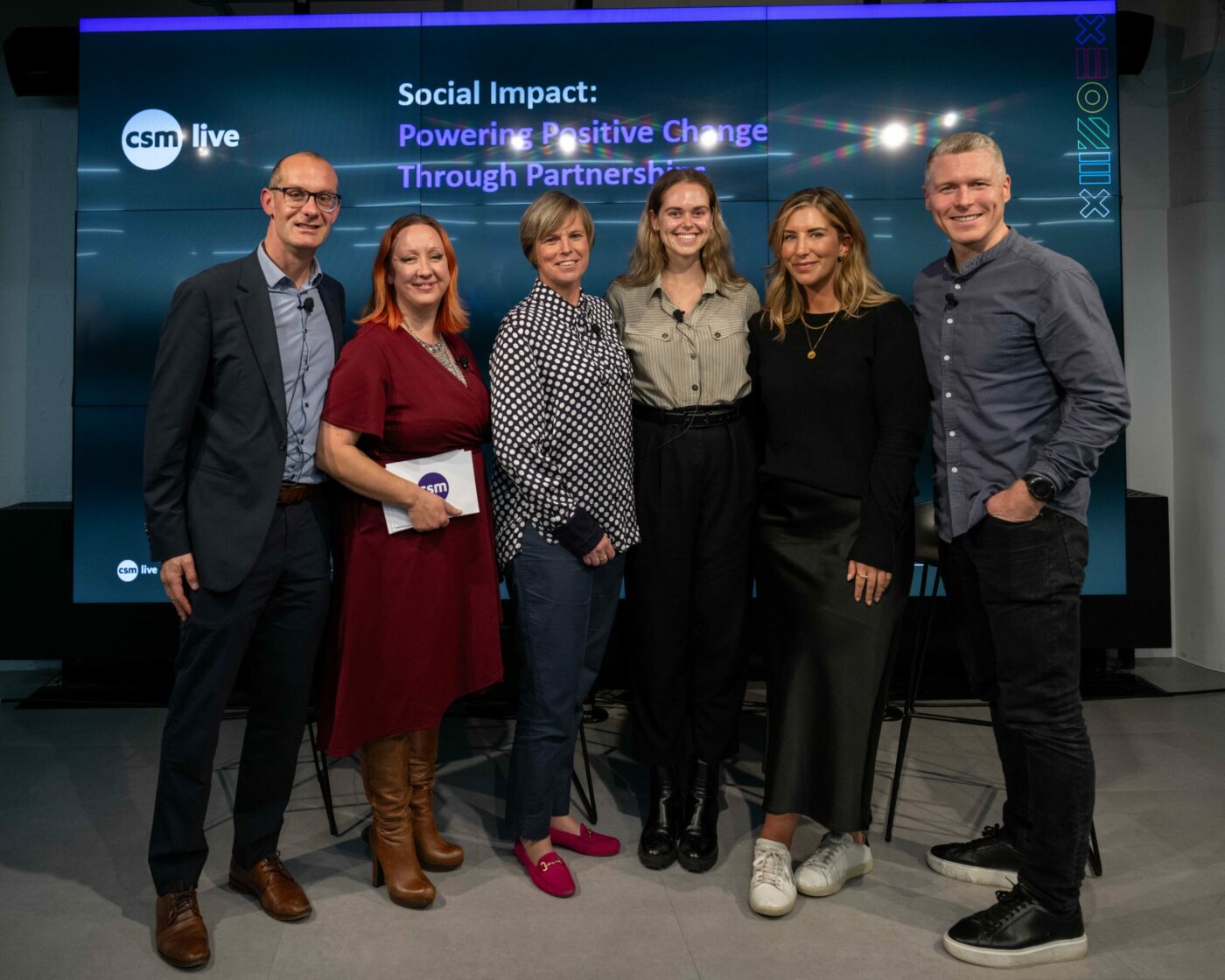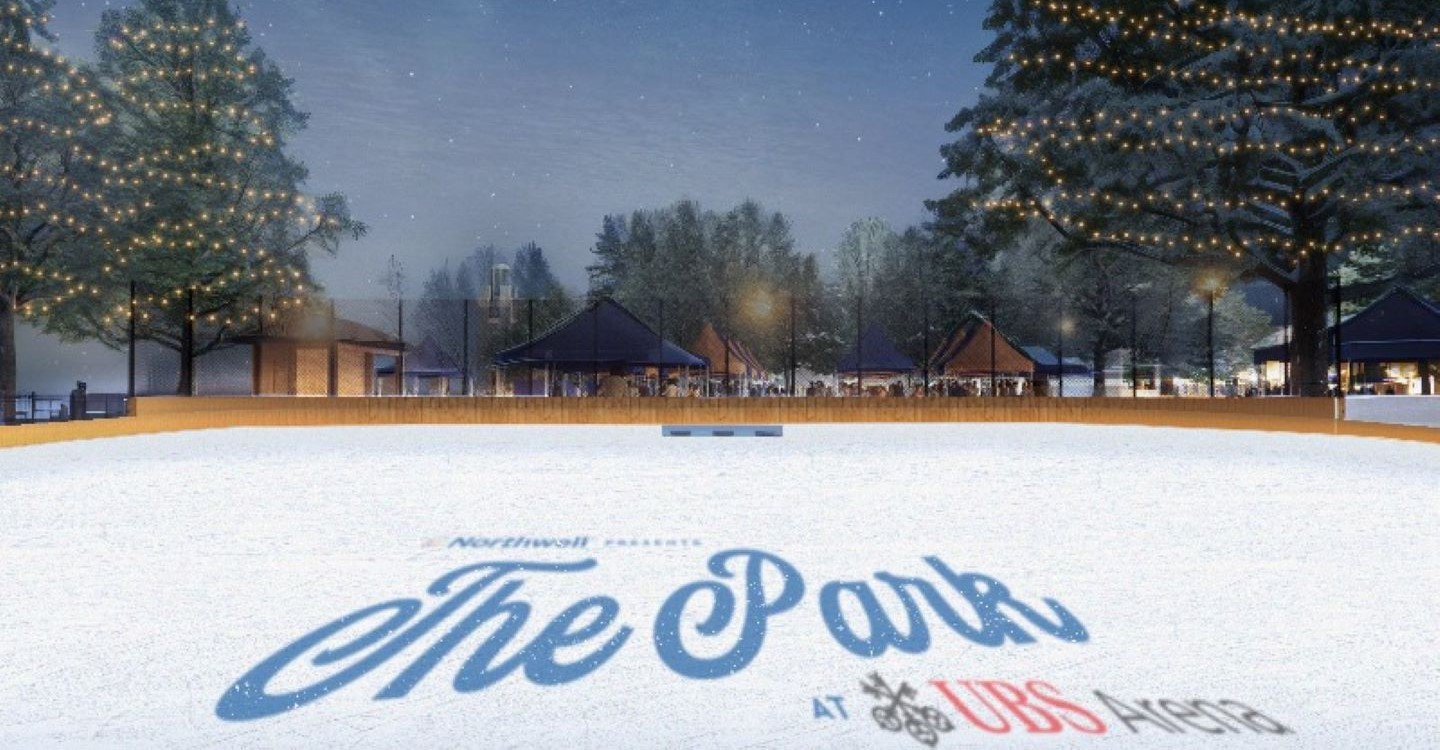Stadium designers should embrace ideas from different walks of life – and not just sport – when they are looking to create venues that will have a memorable impact and enhance the fan experience.
That is the view of Populous Senior Principal Tom Jones, who has helped to spearhead some of sport’s most famous stadium development projects.
Populous has taken part in 14 FIFA World Cups, from consultant or designer of four stadia for Russia 2018 to the winning bid for Canada/USA/Mexico 2026. It has also been involved in event overlays for seven World Cups.
The company has also worked on many of the world’s leading sports venues and arenas, including the new Tottenham Hotspur Stadium, which opened in April, and the London 2012 Olympic Stadium.
Inspiration
However, inspiration is not only taken from existing sports venues when the designs are being honed, according to Jones, who says that Populous also looks at “leisure industries and high streets” for fan experience ideas.
“It’s all about meeting the challenge of how to be more creative to build out the whole-day experience for people who come to events,” he told Fan XP.
Jones added that there are two major design trends for stadium operators who are focusing on improving the fan experience and maximising revenue-generating opportunities.
Quality of Space
“Firstly, they are looking at how to make the venue more multi-functional, whether that is through hosting concerts or conferences, and therefore what additional facilities can be built in and around the stadium,” Jones said. “Secondly, there is a big focus on the quality of the space and service for spectators.
“There’s a widespread realisation around Europe and beyond that, the expectations of modern fans are significantly higher than they were even 10 years ago, both in terms of the ease of getting to the ground and the quality of the environment and interactions within the stadium.”
Even when construction work is wrapped up on a new or redeveloped stadium, those behind the project should still be able to review progress and discuss making adjustments, if necessary, to improve the experience of visitors in the future.
Jones added: “In any new stadium there is always a need to look at patterns of movement and behaviour of fans. Although we can do our best to predict things in the design phase, there are always things to learn from when the fans actually get into the building.”
This exclusive interview is part of “Fan XP” – a newsletter designed to keep you abreast of the latest innovations, strategies and more regarding fan experience across the globe. To sign up, please click here.









